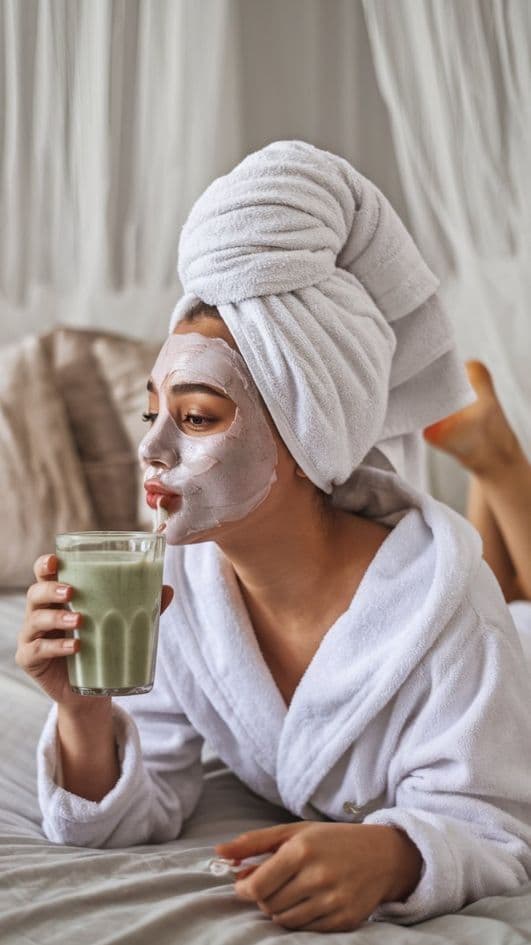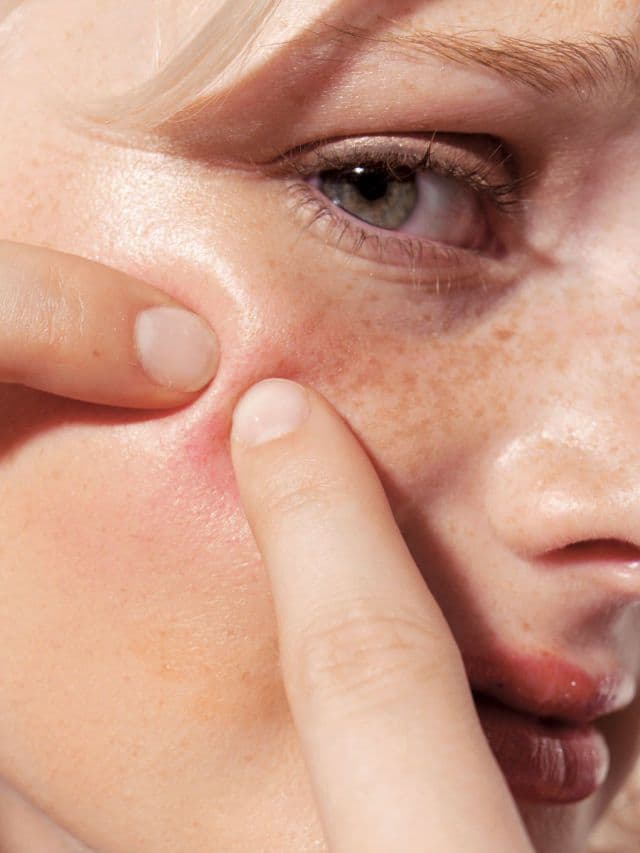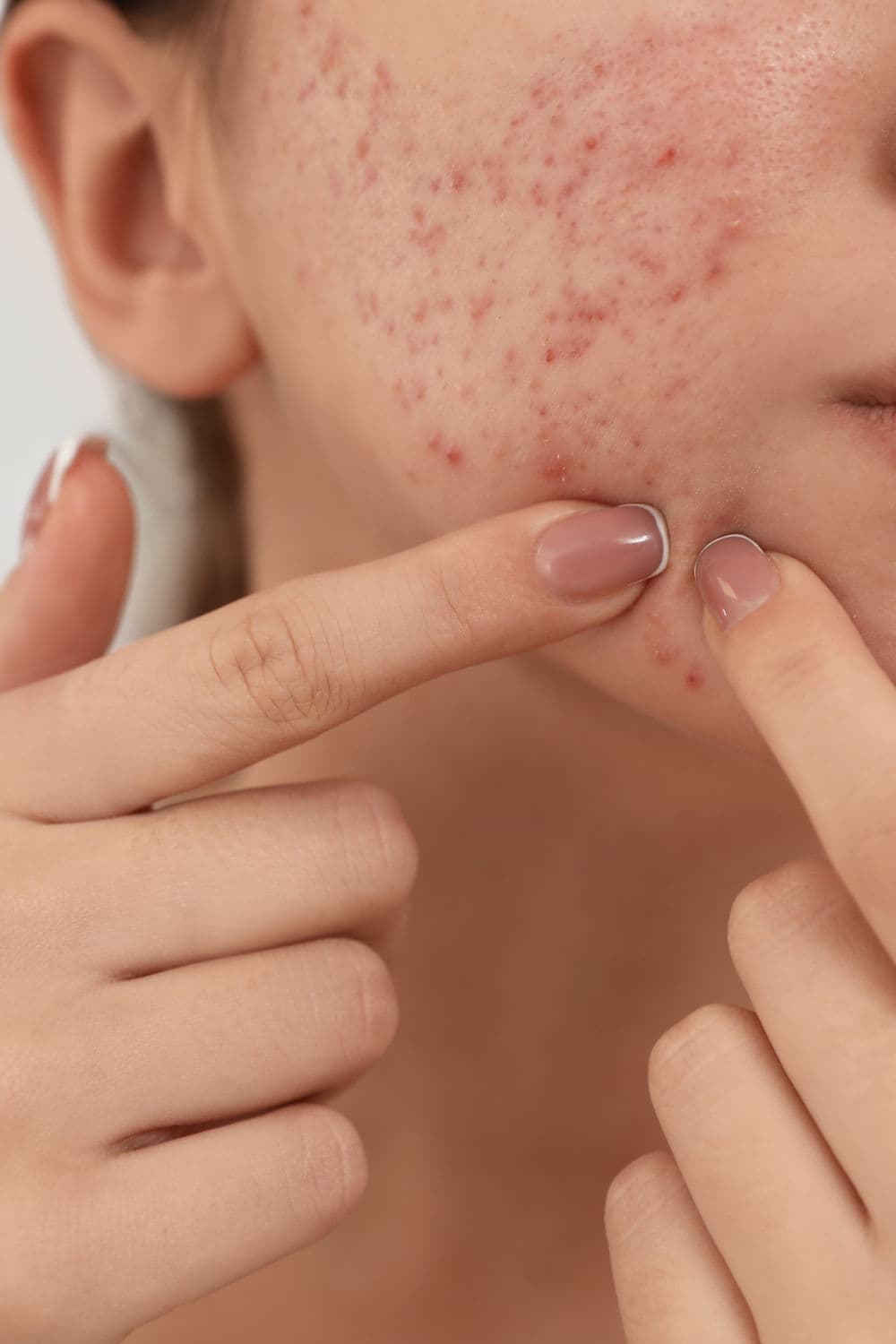
Your skin's secret bacterial battlefield
5 sources
Listen to this article
Picture this: you're feeling absolutely vibrant, your confidence is at its peak, and then BAM. A painful cystic breakout appears seemingly overnight. Sound familiar? Here's what's really happening beneath the surface of your gorgeous skin.
The invisible ecosystem living on your face
Your skin hosts trillions of bacteria right now, and most of them are actually your friends. Think of it as a bustling city where good bacteria keep the peace. But when your hormones surge during ovulation, they flood your skin with extra oil, creating the perfect storm for troublemaker bacteria called Cutibacterium acnes to throw a party.
This bacterial imbalance is why some women maintain that enviable glow during hormonal fluctuations while others battle persistent breakouts, even with identical hormone patterns. It's not just about oil production anymore. It's about who's winning the bacterial battle on your skin.
Why your powerful hormones disrupt the peace
When you're in your peak energy phase, those rising androgens don't just make you feel unstoppable. They're also telling your sebaceous glands to work overtime. This excess oil creates an oxygen poor environment where harmful bacteria thrive, overwhelming your skin's natural defense system.
The result? Inflammation, cystic acne, and frustration, especially around your jawline and chin. But here's the game changer: understanding this bacterial battlefield gives you a completely new strategy.
Your action plan for bacterial balance
Track your patterns: Use a hormone monitoring app to predict when your skin might need extra support. Knowledge is power, and timing is everything.
Choose microbiome friendly products: Gentle cleansers with salicylic acid or benzoyl peroxide can target bad bacteria without nuking the good ones.
Time your treatments: Apply anti inflammatory topicals right before your predicted ovulation window, not after breakouts appear.
Support from within: Manage stress, prioritize sleep, and limit refined sugars to keep your entire system balanced.
Be patient with the process: Your skin's ecosystem needs time to rebalance, typically 4-6 weeks of consistent care.
You're not broken if conventional treatments haven't worked. You just needed to understand the real story happening on your skin. Your confidence and that natural glow are absolutely achievable once you work with your skin's microbiome, not against it.



